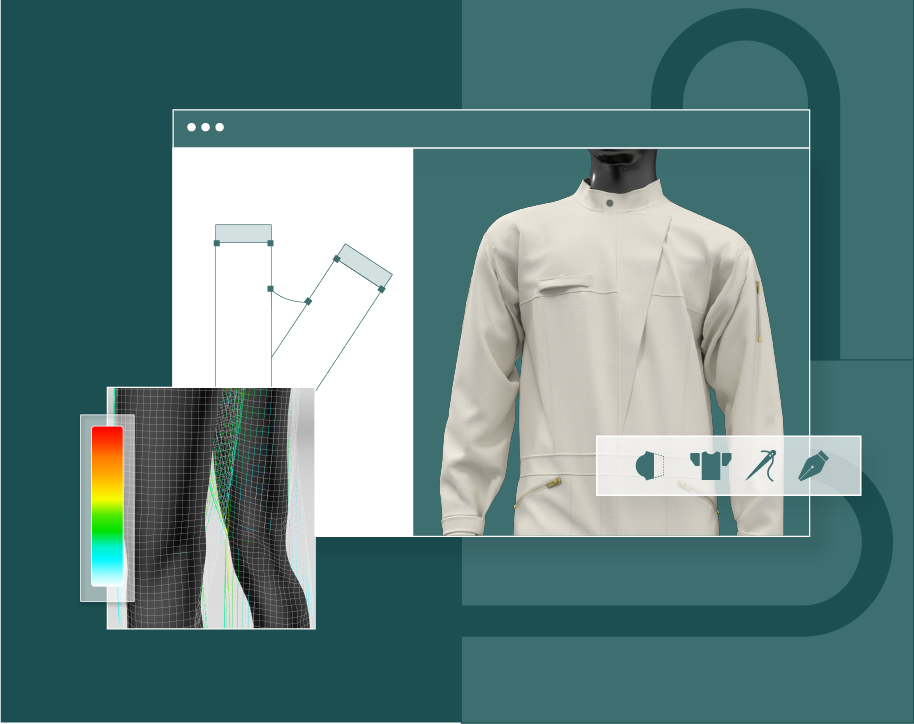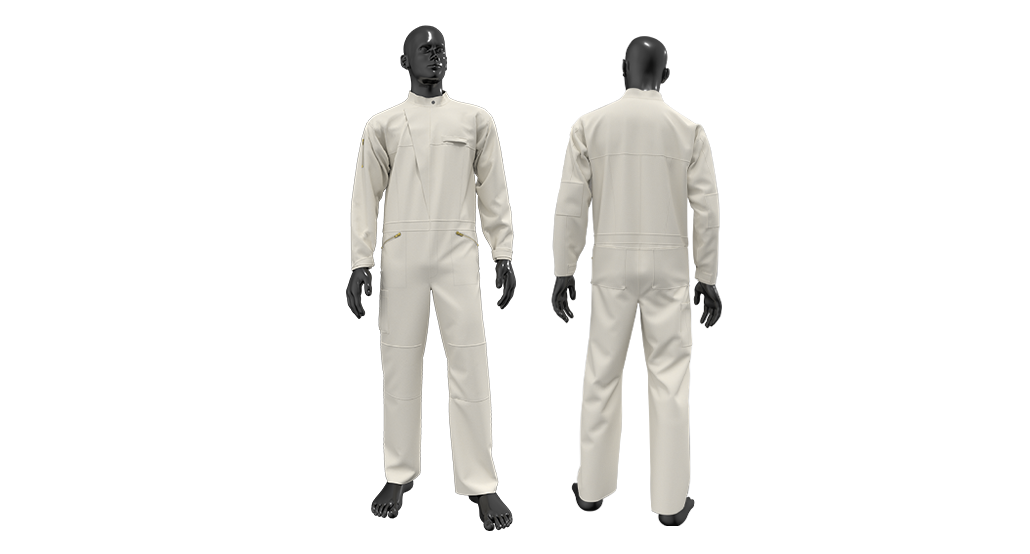Ultimate Guide to 3D Fashion Design
Explore our guide to 3D fashion design: uncover top software, techniques, and benefits, and see how 3D tech transforms design, production, and...
January 25, 2022

As an industry known to be one of the most wasteful, and yet encourages innovation and change, f ashion is slowly but surely moving towards a lighter and brighter future with zero-waste.
The concept of zero-waste fashion refers to garments produced with little to no textile waste throughout the entire production process. The idea is to encourage designers to veer away from the traditional methods and adopt sustainable practices when creating collections.
We’re living in an age of opportunity where most if not all industries are being forced to keep up with the times and ensure that they are working in sync with the new and evolving trends to stay relevant and not lose their competitive edge within their relevant markets.
Many apparel designers are reluctant to fully embrace 3D CAD with their current processes as they often struggle with removing the physical component of the design process and instilling their trust in technology. Many, however, have seen with their own eyes that by digitizing the conventional apparel workflow, they can leverage digital samples that can be drafted, altered, and approved, without sewing a single seam.
We recently had the opportunity to chat with former Browzwear intern and Digital Materials Specialist, Nick Troftgruben , to learn how shifting to 3D for fashion design contributes to achieving zero-waste through aspects including pattern drafting , digital prototyping, and accurate fit validation before production.
Throughout his design process, Nick defined the features in VStitcher that he found crucial in conducting a design workflow with minimal waste, these include:
To trace the seam allowance of a specific pattern piece and then switch the lines on the new pattern piece. The switch line feature resulted in having two pattern pieces that would fit together along their seam allowances resulting in minimal to no waste as Nick could better visualize how all of the pattern pieces would fit on the fabric with their seam allowances aligned.
Switching directions of the asymmetrical gusset allowed Nick to make swift changes in VStitcher and then make comparisons of the pattern pieces on the avatar’s body. Nick was able to determine which option gave the best fit without having to adjust or create a physical sample.
With Trace Lines, Nick could seamlessly follow the shape of a patterned curve as he was drafting pieces around it. When Nick had the pieces arranged properly, the Trace Line feature allowed him to trace across more than one pattern piece at a time. Once the lines were switched to the seam allowance, this ensured all pattern pieces would fit perfectly, even along abnormal curves eliminating the risk of excess fabric.
To evaluate and get the most accurate fit, the Tension and Pressure Map tool enabled Nick to determine exactly which areas of the garment needed adjusting when fitted on to the 3D CAD model. By having the ability to conceptualize the exact amount of fabric that is needed to create the garment, Nick could verify the fit early on in the process.
As concluded in his research , Nick believes that “ 3D can be utilized to develop zero-waste and less-waste designs more rapidly and effectively for functional commercial application without sacrificing visual and functional aspects. 3D, therefore, has a strong future in both the apparel industry and zero-waste design as more designers and brands are looking to expand into this realm.”

As the apparel industry’s digital transformation evolves and sustainability remains a vital objective, more and more apparel designers are stepping out of their comfort zones and embracing 3D fashion design solutions as it opens their world to limitless possibilities. Having sufficient tools to determine the amount of waste that an item of clothing will produce at a pre-production level gives designers the ability to adjust and perfect their designs to create a far less wasteful apparel design workflow. With the rise of true-to-life 3D CAD technology, digitization plays a pivotal role in making zero-waste design techniques more accessible and attainable to the wider apparel industry.
“3D can be utilized to develop zero-waste and less-waste designs more rapidly and effectively for functional commercial application without sacrificing visual and functional aspects. 3D, therefore, has a strong future in both the apparel industry and zero-waste design as more designers and brands are looking to expand into this realm.”

Explore our guide to 3D fashion design: uncover top software, techniques, and benefits, and see how 3D tech transforms design, production, and...
Learn how to smoothly transition from 2D to 3D design with essential tools, techniques, and tips to enhance your design workflow effectively.
Discover four proven strategies to seamlessly integrate new 3D fashion design technology into your workflow, boosting efficiency and innovation.